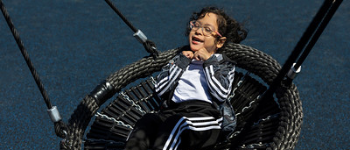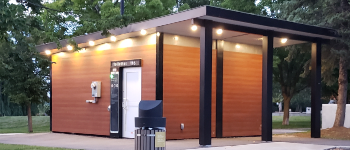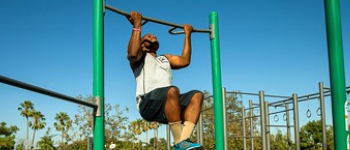The Top Playground Equipment Trends in 2023 and What They Mean for 2024
Jan 12







May 24
As the world becomes increasingly aware of the importance of sustainability, it's time to consider how we can incorporate eco-friendly practices into every aspect of our lives. Playgrounds and parks are a great place to start! Let's chat about how to build healthier environments for kids to play in while also doing our part to protect the planet.
Playgrounds and parks are essential community spaces where kids play, learn, and grow. However, the old, more traditional way of designing these spaces often relied on materials and practices that can negatively impact the environment, such as using non-renewable resources, creating waste, and causing pollution.
The good news is that the world is moving in a new direction. By making sustainability and environmental stewardship a priority in playground and park design, playground designers and park managers can reduce our impact on the planet and create healthier, more inviting spaces for everyone. Plus, sustainable practices lead to long-lasting, low-maintenance spaces that require fewer resources to maintain over time!
So, how can you make your playground or park design more sustainable? Here are some ideas:
Read More: Surprising Ways That Splash Pad Equipment Can Reduce Water Waste
PlayCore's Center for Outreach, Research, and Education (CORE) is making waves with its National Demonstration Sites (NDS), exemplary play environments that promote community wellness — with sustainable practices in mind. By combining rigorous research with innovative design, CORE creates these sites to encourage physical activity, foster inclusivity, and help people engage with nature.
NDS sites are inspiring examples for communities looking to elevate their recreational spaces. The PlayTrails nature-based play pathway combines playground equipment with nature trails to create a one-of-a-kind outdoor experience for children and families. Play activities are grouped by theme (i.e., ants, bees, trees, or leaves) and installed in "play pockets" for families to explore as they walk along a path or trail. PlayTrails can be configured to work with new or existing paths, trails, or greenways to minimize environmental impact!
At MRC, we're dedicated to creating playgrounds and parks that benefit not only our communities but the environment. If you're ready to build a playground or park in your community with sustainability in mind, we'd love to hear from you!